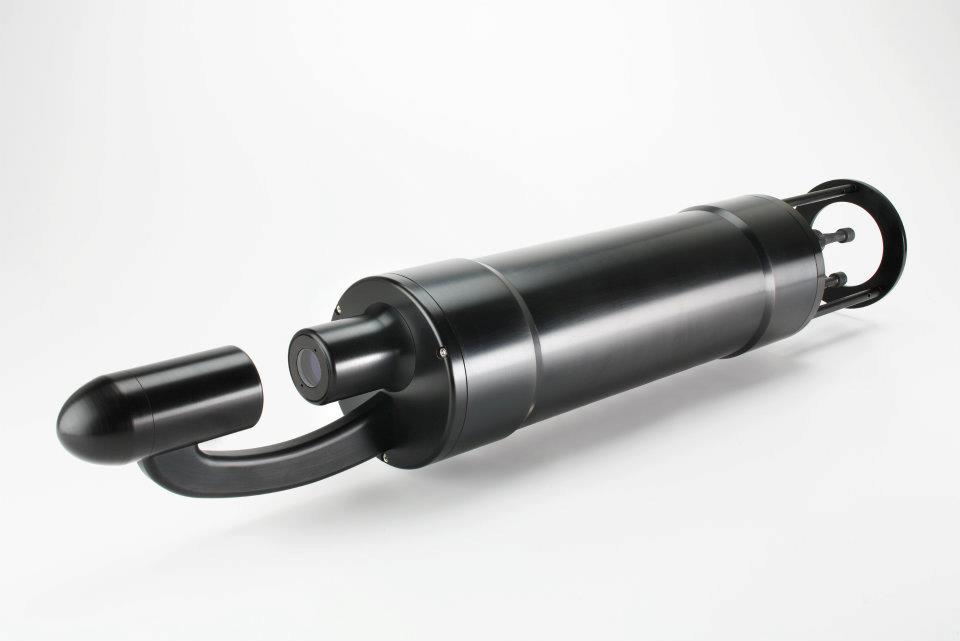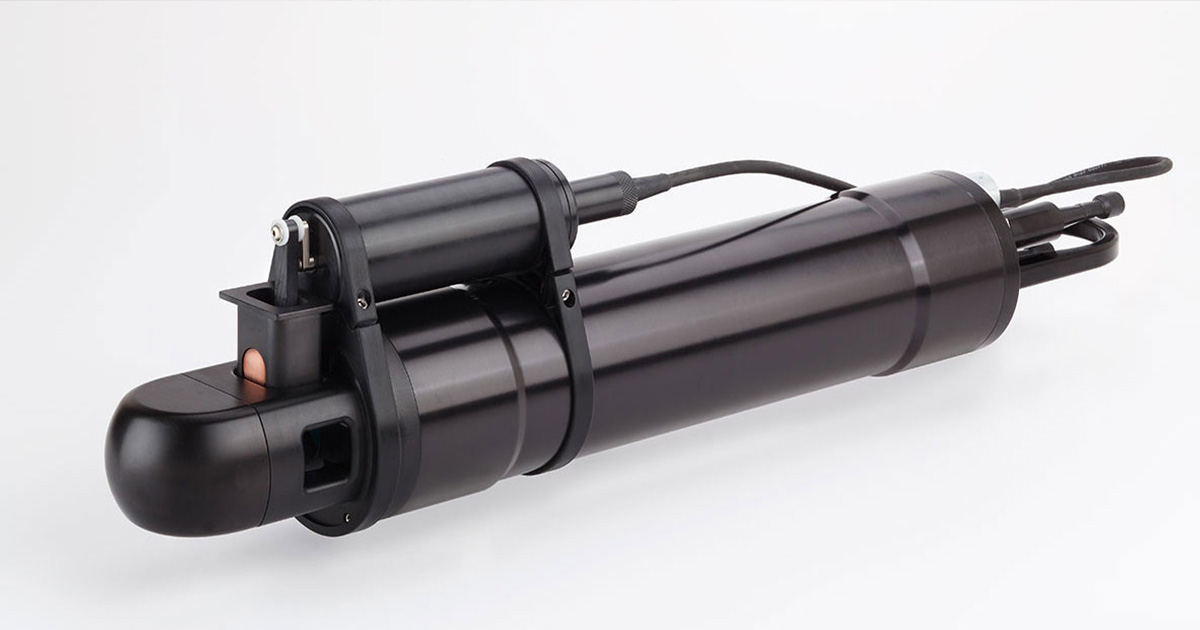In situ characterization of droplets and particles in the marine environment is an important component of Environmental Baseline Surveys (EBSs) and spill response activities.
CSA Ocean Sciences Inc. (CSA) has extensive experience using Laser In Situ Scanning and Transmissometry (LISST) instruments manufactured by Sequoia Scientific, including deep water LISST instruments designed for monitoring oil droplet size during accidental discharges for which subsea dispersants are a potential response tactic.
To build capabilities in shallower waters, CSA has acquired two LISST-200X instruments and a LISST-Holo2 from Sequoia Scientific. These instruments can be used as desktop analyzers, deployed on a mooring or vertically cast in the water column to a depth of 600 m, or towed.
 (Image credit: Sequoia Scientific)
(Image credit: Sequoia Scientific)
The LISST-200X features include:
- Small-angle, forward-scattering laser diffraction technology;
- Ability to measure in situ particle size, concentration, beam attenuation, depth, and temperature;
- Self-contained with internal programmable datalogger for autonomous data collection;
- Battery packs for external power provision during short-term and long-term deployments;
- Connections for programming, offloading, and displaying real-time size distribution data; and
- Ability to power and integrate up to three external analog sensors.
The LISST-200X can be deployed for a range of scientific and operational applications, including dredge operations monitoring, algal bloom characterization, and oil spill response. The parameters measured include:
- Particle size distribution from 1.0 to 500 μm in 36 bins;
- Depth (to 600 m at 0.01 m resolution);
- Water temperature;
- Optical transmission;
- Volume concentration at 0.1 μL/L resolution;
- Volume scattering function; and
- Calculated mean and median particle size.
The LISST-Holo2 characterizes particles over the size range of 25 to 2500 μm, including particle size distribution, mean and median particle size, and a photograph-like view of particles in water.
These instruments are key components of CSA’s Surface Dispersant Monitoring Equipment Program designed to meet regulatory requirements for the use of dispersants when responding to oil discharges into waters of the United States as governed by the U.S. Code of Federal Regulations (CFR) Title 40, Part 300: National Oil and Hazardous Substances Pollution Contingency Plan, Subpart J (40 CFR 300.913).


